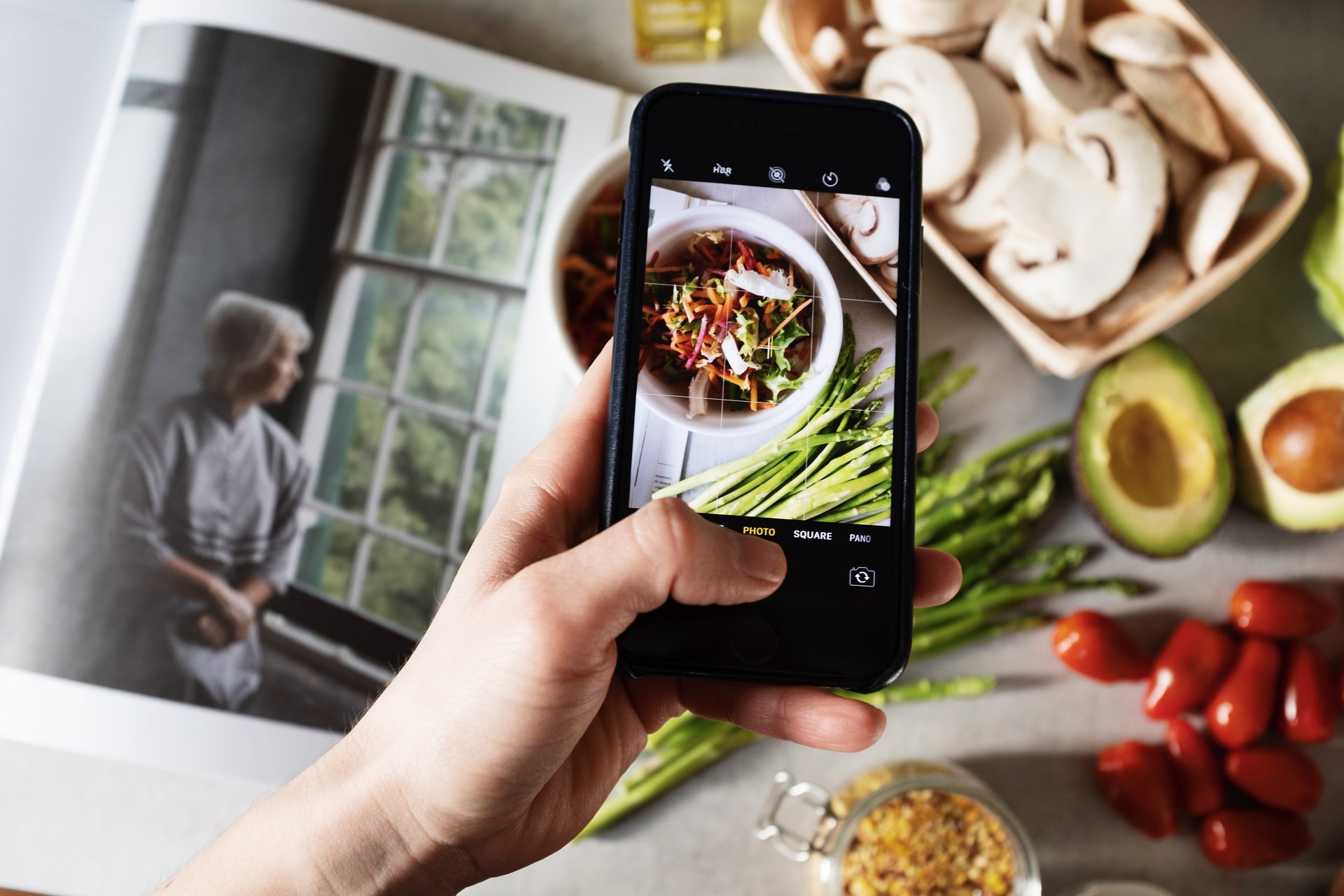Digital Marketing for Food Bloggers
Unleashing the power of digital marketing strategies to amplify the reach and impact of food bloggers in the culinary world
Janhvi Motiramani
5/10/20232 min read

When it comes to marketing in 2023, digital marketing is essential for food bloggers to grow their online presence, reach a wider audience, and engage with their readers. Here are some key strategies for food bloggers to effectively escalate there digital marketing game:
Start by building a professional and visually appealing website that showcases your content, recipes, and photography. Ensure that it is mobile-friendly and easy to navigate. Most importantly optimize your website for search engines by using/incorporating relevant keywords and meta tags, which will eventually help engage and establish a strong presence on social media platforms such as Instagram, Facebook, Pinterest, and Twitter. Share captivating food photos, recipe videos, cooking tips, and bloopers/behind-the-scenes content, which fascinates the audience and engage with your audience by responding to comments, asking questions, and running contests or giveaways and putting polls asking questions and keep your audience engaged. Also, develop high-quality and valuable content consistently. Write engaging blog posts, create recipe videos or tutorials, and share food-related tips and advice. Incorporate search engine optimization (SEO) techniques by using relevant keywords, optimizing meta tags and descriptions, and building internal and external links to improve your blog's visibility in search engine results. Also, build an email list by offering a free downloadable recipe e-book or exclusive content in exchange for email addresses. Send regular newsletters to your subscribers, sharing new recipes, updates, and promotions. Personalize your emails to make them more engaging and relevant.
It is extremely important to collaborate with other food bloggers, influencers, and relevant brands to expand your reach and gain exposure. Guest post on other food blogs or invite guest bloggers to contribute to your blog which will eventually help you engage large number of audiences. Participate in food-related events, workshops, or webinars to network and establish connections on higher level.
Nowadays, audience prefer video content. Recipe videos, cooking demos, or food vlogs are extremely popular on YouTube. Optimize your videos with descriptive titles, relevant tags, and engaging thumbnails. Cross-promote your videos on your blog and social media channels.
It is also a good idea to encorage your readers and followers to share their experiences with your recipes by using branded hashtags, running recipe contests, or featuring user-generated content on your blog and social media. This kind of engagement builds sense of community and generates social proof.
Nowadays, collaborating with food delivery apps and services have become very trendy. Partner with food delivery apps or services to promote your recipes or offer exclusive discounts or promotions. This can help increase your visibility and attract a larger audience interested in cooking at home.
Also, it is crucial to keep a track of your audience engaging on your page by monitoring analytics and adjusting strategies for which you can use analytics tools such as Google Analytics or social media insights to track your website traffic to understand what content resonates with your audience.
Always remember to stay authentic, raw and engage with your audience genuinely. Providing value through your content, quality consistency, creativity, and responsiveness are key ingredients to building a strong digital presence as a food blogger.
